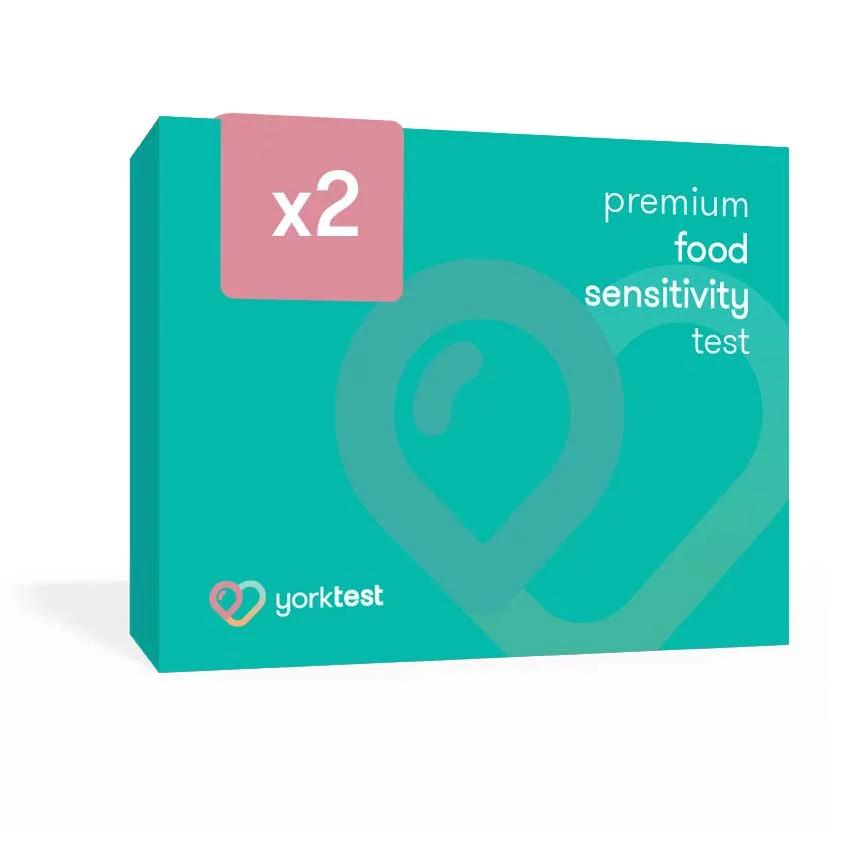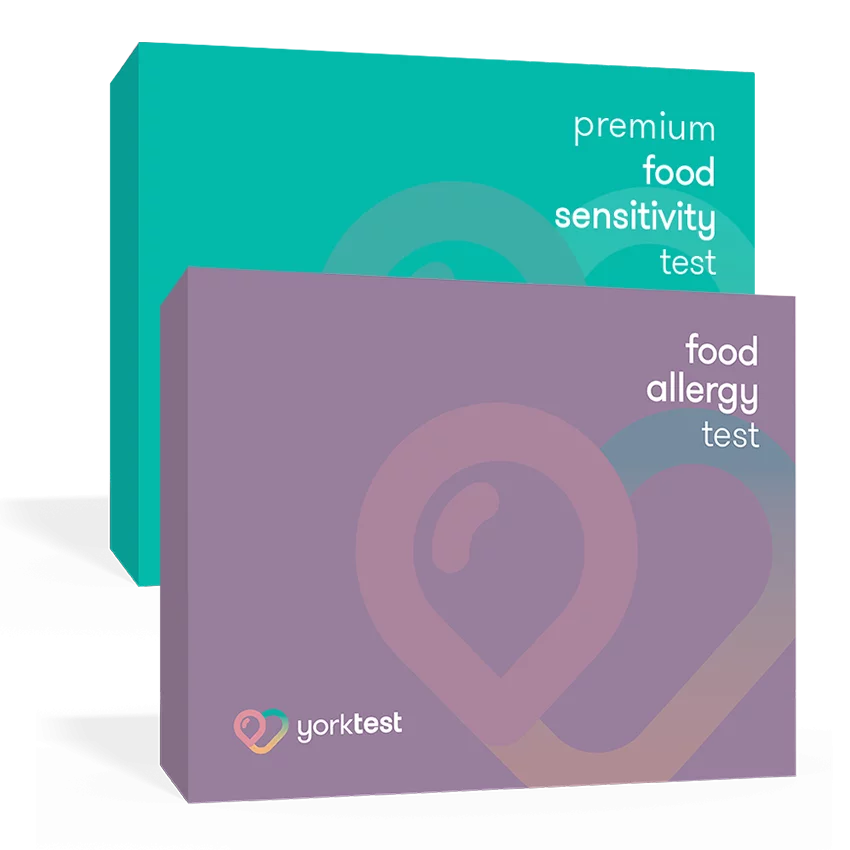
Average Testosterone Levels by Age and Their Impact on Health
- How Does Testosterone Affect Your Health?
- At What Age Is Testosterone at Its Highest?
- Average Levels of Testosterone By Age
- Childhood, Pre-puberty (up to 9 years old)
- Health Insight
- Adolescence (10 to 17 Years Old)
- Health Insight
- Early Adulthood (18 to 30 years old)
- Health Insight
- Midlife (30 to 40 years old)
- Health Insight
- Older Adulthood (Ages 50+)
- Health Insight
- What Can Affect Testosterone Levels?
- Can You Treat Low Testosterone?
- Optimise Your Health With YorkTest
Testosterone is a vitally important sex hormone for men and women, and is crucial for the development of many characteristics as well as reproductive functions. Because of its importance, many men and women take a particular interest in testosterone levels and how they may affect their health.
Broadly speaking, testosterone levels are at their highest during adolescence and early adulthood: namely, the late teenage years and early 20s. After the age of 30, testosterone levels start to decline in males. Interestingly, the decline generally starts for females between the ages of 45 and 55.
As you get older, and your testosterone levels slowly decrease, your health is affected. So, we have decided to look at average testosterone levels by age and how they may impact your health.
How Does Testosterone Affect Your Health?
Testosterone affects many aspects of both men’s and women’s health, including:
- Reproductive functions
- Sex drive
- Bone health
- Muscle mass
- Energy levels
- Fat distribution
- Mood regulation
- Metabolism
While these are some of the main ways testosterone affects your health, testosterone can also have a slightly different impact on your health depending on your age.
At What Age Is Testosterone at Its Highest?
Testosterone levels reach a peak in late teens and early twenties, with a slow and gradual decrease starting around age 30 for men and 45 to 55 for women. While numerous lifestyle factors can affect testosterone levels, a good indication of how the decline occurs is around 1% per year. Men will therefore see a 1% decrease for every year after the age of 30.
Average Levels of Testosterone By Age
Childhood, Pre-puberty (up to 9 years old)
Boys – 0.24–0.35 nmol/L
Girls – 0.24–0.41 nmol/L
Health Insight
These levels are quite low in both sexes, although interestingly, levels are slightly higher in girls. This is because sex hormones remain dormant until puberty. In boys, testosterone starts to rise around the age of 9 to 10. Persistently low levels beyond this point can signal delayed puberty. In girls, elevated testosterone at this stage could suggest an underlying endocrine disorder like congenital adrenal hyperplasia.
Adolescence (10 to 17 Years Old)
Boys – 0.24–26.25 nmol/L
Girls – 0.24–1.50 nmol/L
Health Insight
Adolescence and puberty are when boys start to see a much bigger increase in testosterone. As boys begin to experience rapid testosterone increases, this triggers voice deepening, muscle growth, facial/body hair, and increased libido. Girls also see a mild rise, supporting other puberty-related characteristics. It is worth noting that very high levels in girls during this time can indicate PCOS or hyperandrogenism.
Early Adulthood (18 to 30 years old)
Men – 8.7–29.0 nmol/L
Women – 0.29–1.67 nmol/L
Health Insight
Early adulthood to around the age of 30 is the peak hormonal phase for both men and women. Men typically enjoy optimal energy, libido, muscle strength, and mood stability. Women benefit from testosterone’s role in maintaining libido, muscle tone, bone density, and mental clarity. Low levels in men at this age could suggest early-onset hypogonadism.
Midlife (30 to 40 years old)
Men – 10.5–28.0 nmol/L
Women – 0.4–1.7 nmol/L
Health Insight
While it is apparent that testosterone increases substantially from adolescence to the age of 30, the level declines after the age of 30 can vary depending on numerous lifestyle factors, health conditions, and even environmental factors. As we’ve said, a good indication of decline for men is a roughly 1% decrease every year after the age of 30. Symptoms of a decline in testosterone levels may include subtle drops in energy, libido, muscle mass, and mood.
Women generally experience a more gradual decrease, especially around perimenopause. This can affect sex drive, muscle tone, and mental focus. In both sexes, stress, poor sleep, and weight gain can accelerate hormonal decline.
Older Adulthood (Ages 50+)
Men – 6.7–25.7 nmol/L
Women – 0.1–1.42 nmol/L
Health Insight
The level of testosterone before turning 50 and older will greatly influence the testosterone levels later in life. In men, lower testosterone levels are common, but can lead to “andropause†symptoms: fatigue, reduced sexual function, weight gain, loss of strength, and mood changes. Extremely low levels (e.g. <7 nmol/L) may warrant further investigation for late-onset hypogonadism. Postmenopausal women often have reduced testosterone, which may affect libido, motivation, and bone health. Some may benefit from testosterone replacement, but only under medical supervision.
It is worth noting that testosterone levels can vary depending on the lab and testing methods, so the above figures are just an informed guide. Symptoms and health impacts are generally more important than exact testosterone levels, and results are very important for content.
What Can Affect Testosterone Levels?
Some of the aspects which may influence testosterone levels include:
- Stress – Chronic stress increases cortisol, which can suppress testosterone production.
- Poor Sleep – Can negatively affect testosterone levels.
- Alcohol consumption
- Diet – Diets that are high in trans fats and excessive omega-6s may reduce testosterone.
- Level of exercise – Moderate exercise can boost testosterone.
- Obesity – can be linked to lower testosterone.
- Diabetes
- Thyroid Issues
- Chronic Illnesses – Long-term illnesses or infections can impair hormone regulation.
- Testicular Issues
- Pituitary or Hypothalamic Disorders
- Medications – Certain medications (including opioids, steroids, and some antidepressants) can suppress testosterone production.
- Other Conditions – Conditions such as Klinefelter syndrome affect natural testosterone production.
Can You Treat Low Testosterone?
There is no ‘one size fits all’ when it comes to testosterone levels; numerous factors and health situations can impact testosterone production. However, if you find that your testosterone levels are low and you need to address it, there are steps you can take to mitigate or reverse the decline.
Lifestyle changes such as diet, exercise, and stress management can help, as well as testosterone replacement therapy (TRT), which aims to restore testosterone levels to normal ranges. TRT is usually administered through injections, gels, and patches, but should only be undergone as a result of advice from a qualified healthcare professional.
Optimise Your Health With YorkTest
At YorkTest, we take your health and wellbeing very seriously. We always want to help you improve your health, from keeping your diet in check via our blog and our food intolerance tests, to managing and optimising your stress levels with our stress test kits. We have a plethora of tests tailored to improving your health and well-being.
We can also help get your testosterone levels in check. We offer both male hormone tests and female hormone test kits, and you can order them straight to your home. Why not optimise your health and start by ordering your tests today?







